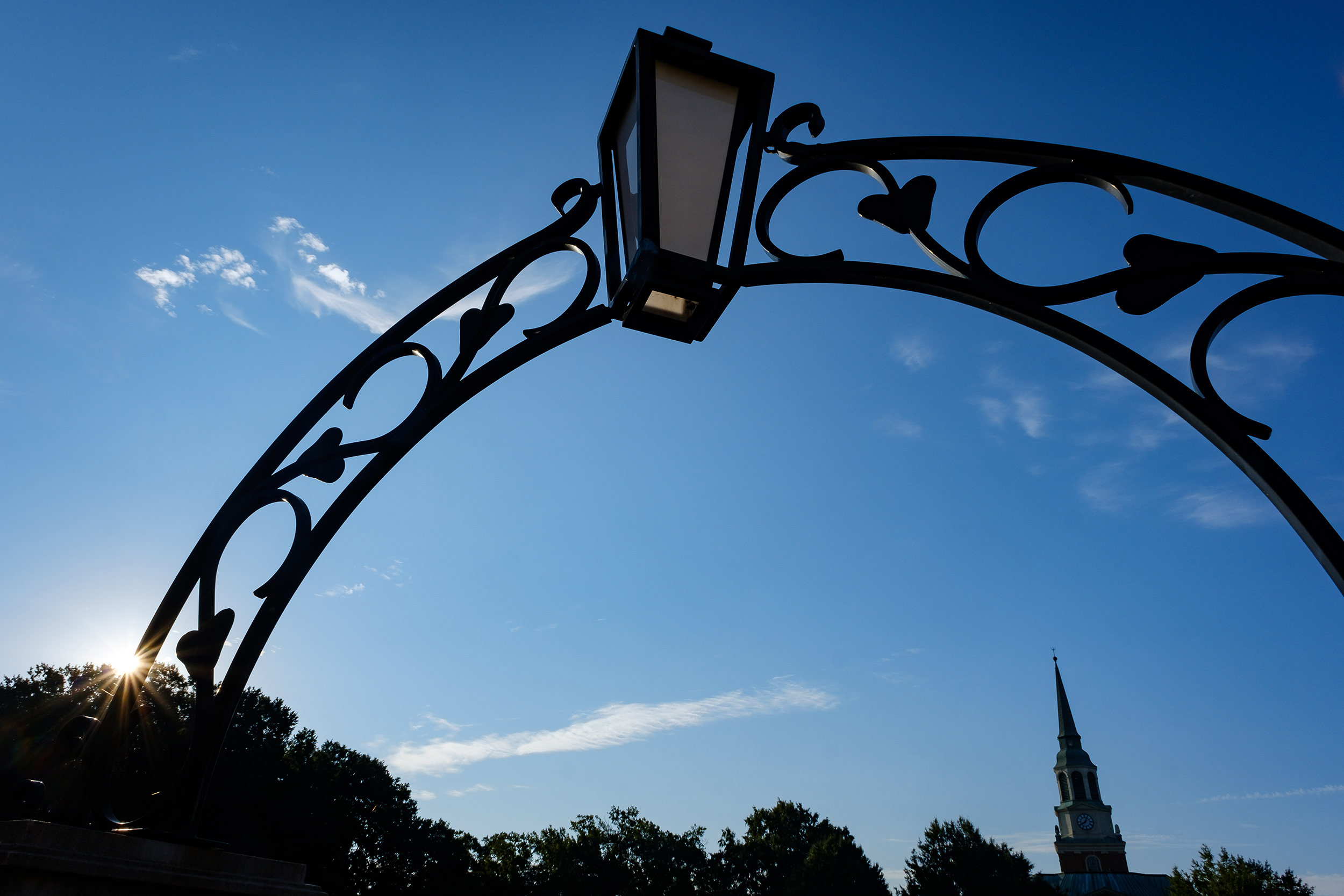Appalachian Highway Threatens Flying Squirrels
A new scenic mountain highway built to promote tourism and development in North Carolina threatens the northern flying squirrel, an endangered species and one of the states rarest mammals, says a Wake Forest University professor.
Unlike the Blue Ridge Parkway and other scenic roads, biologist Peter Weigl said that the wide, boulder-strewn shoulders of the new Chernohala Skyway in Graham County provide great views for motorists, but leave no canopy of trees or other protective cover for squirrels to cross and avoid bobcats, coyotes and other predators.
Weigl said that the federal government will use his study of the highways impact on the squirrels to determine possible remedies for protecting the squirrels and other animals. These could include putting a series of culverts at intervals underneath the parkway, planting trees and other foliage along the road, or making other changes to provide a corridor for the squirrels to move across. Weigls findings also will be used to identify conditions for granting private landowners easements to access their property from the new parkway.
“For now, the Chernohala Skyway is an absolute barrier,” Weigl said. “Anything smaller than a rabbit cannot get across it. Coyotes, bobcats and foxes walk along the road at night looking for prey to eat. The road cuts right through the habitat, further fragmenting the already small populations of squirrels.”
Weigls findings are the result of a 14-month study commissioned by the U.S. Fish and Wildlife Service in 1995. In the study, Weigl and his research assistants Ron Hughes (Appalachian State University) and David Battle (Western Carolina University) found that the Chernohala Skyway, which links Robbinsville, N.C., to Tellico Plains, Tenn., cuts through the mountain habitat of a newly discovered population of the squirrel (Glaucomys sabrinus).
The smaller, isolated colonies of animals produced by the road increases inbreeding, Weigl said, reducing the genetic variability that helps the squirrels adapt to change and fight off diseases carried by other species.
The squirrels importance to the Appalachian ecosystem is illustrated by the way they help nourish its trees. Their diet includes truffles, an underground fungus which grows around the roots of trees and helps the roots absorb water and other essential nutrients. By digging up and eating the truffles, (they can digest the mushroom but not the spores) the squirrels spread the spores of the fungus and promote fungal growth.
Weigl and his colleagues used radio tracking, trapping and other methods to determine the highways effect on the squirrel ñ an Appalachian mountain subspecies listed as endangered in 1985. Much of what is known about flying squirrels comes from Weigls more than 30 years of research into the animal. The northern flying squirrel is one of 43 known flying squirrel species in the world. Only two of the 43 species live in North America; most live in Asia.
The southern and northern flying squirrels found in North Carolina are also the only gliding mammals found in the western hemisphere. All flying squirrels are nocturnal animals, only coming out at night.
In spite of their name, flying squirrels cannot fly but use folds of skin running from wrist to ankle as parachutes to glide from tree to tree or tree to ground.
Weigl said that the studys findings are an alarm worth heeding. “The Balkanization of the natural areas in this state is a major factor in the loss of organisms,” he said. “There are ways of doing things with natural areas that protect wildlife and increase land values.
“My own feeling is that if were not careful, we kill the goose that laid the golden egg and depreciate the natural beauty that made these wilderness areas valuable in the first place. So its important to look at these effects and weigh the options very carefully.”
Categories: Community Impact, Research & Discovery, University Announcements
Media Contact
Wake Forest News
media@wfu.edu
336.758.5237



